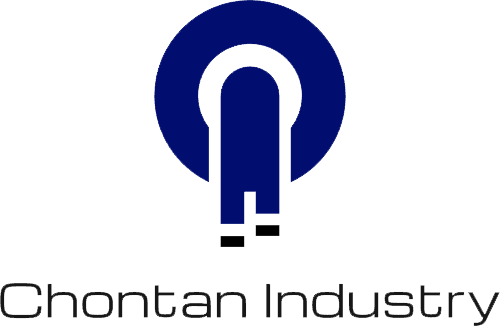When it comes to metal part manufacturing, several methods exist, each with its own set of characteristics.
However, for intricate designs, tight tolerances, and superior surface finishes, precision casting often stands out as the clear winner.
Let's delve into some key advantages it holds over other casting and manufacturing techniques.
One of the most significant benefits of precision casting, particularly investment casting (lost-wax casting),
is its ability to produce parts with exceptional detail and complex geometries. Unlike processes like sand casting,
which rely on coarser molds, precision casting utilizes ceramic shells created from highly detailed wax patterns.
This allows for the reproduction of intricate features, fine details, and even complex internal passages with remarkable accuracy.
This often reduces or eliminates the need for secondary machining, saving time and material costs.
Furthermore, precision casting boasts superior dimensional accuracy and tighter tolerances.
The rigid ceramic molds and controlled casting process minimize shrinkage and distortion,
resulting in parts that closely match the intended design specifications.
This is crucial for applications where precise fit and function are paramount.
Another key advantage lies in the excellent surface finish achieved through precision casting.
The smooth inner surface of the ceramic mold translates to a correspondingly smooth surface on the cast metal part.
This often eliminates the need for extensive surface finishing processes, leading to further cost and time savings.
Moreover, precision casting offers material versatility. It can be used with a wide range of ferrous and non-ferrous alloys,
including stainless steel, aluminum, brass, and superalloys,
allowing for the selection of the optimal material for specific application requirements.
Finally, while the initial tooling cost for precision casting might be higher for very low volumes compared to some other methods,
it becomes highly cost-effective for medium to high production runs. The reduction in machining, improved material utilization,
and consistent part quality contribute to overall lower manufacturing costs per unit.
In conclusion, precision casting offers a compelling combination of accuracy, detail, surface finish, material versatility,
and cost-effectiveness, making it the preferred choice for a wide array of demanding applications across various industries.
When intricate designs and tight specifications are non-negotiable,
precision casting provides a distinct advantage over other manufacturing methods.
